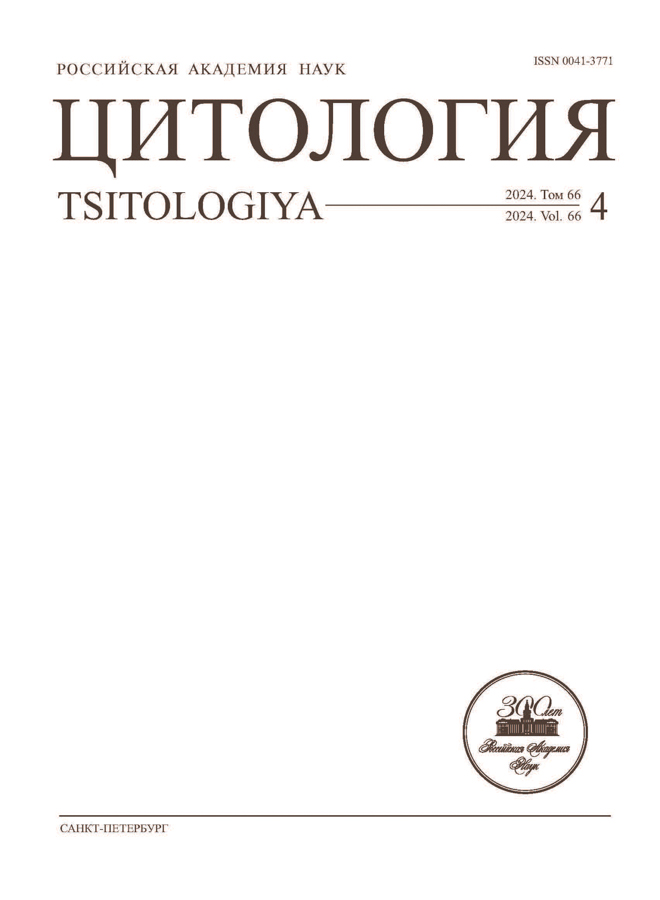Melanoma cells adhesive properties activation in 3d spheroids
- Autores: Chernykh D.V.1, Zinchenko I.S.1, Ruksha T.G.1
-
Afiliações:
- Voino-Yasenetsky Krasnoyarsk State Medical University
- Edição: Volume 66, Nº 4 (2024)
- Páginas: 330-340
- Seção: Articles
- URL: https://cardiosomatics.ru/0041-3771/article/view/669498
- DOI: https://doi.org/10.31857/S0041377124040025
- EDN: https://elibrary.ru/QDCKFT
- ID: 669498
Citar
Texto integral
Resumo
In this study, the viability and adhesive features of BRO and SK-MEL-2 cell lines were evaluated using a melanoma model. It was revealed that in BRO cells, the development of apoptosis after exposure to dacarbazine was combined with the transition of the proportion of cells to the G0 phase of the cell cycle, that corresponded to previously obtained results. The absence of apoptosis in 3D spheroids and the absence of exit from the cell cycle were observed in SK-MEL-2 melanoma cells. It was also revealed that in the control spheroids (cells without exposure) of the BRO and SK-MEL-2 melanoma lines, adhesion to fibronectin was higher compared with the cells of the control monolayer, which is explained by the three-dimensional structure requiring cell communication with the extracellular matrix. In spheroids formed by SK-MEL-2 cells, dacarbazine induced a decrease in adhesion to fibronectin, which may be associated with the development of drug resistance. An increase in the expression of integrins AV and β8 in BRO and SK-MEL-2, as well as integrin β5 in SK-MEL-2, was determined in cells after exposure to dacarbazine, which may indicate the involvement of aforementioned molecules in the exit from proliferative stage of tumor cells.
Palavras-chave
Texto integral
Sobre autores
D. Chernykh
Voino-Yasenetsky Krasnoyarsk State Medical University
Autor responsável pela correspondência
Email: tatyana_ruksha@mail.ru
Rússia, Krasnoyarsk
I. Zinchenko
Voino-Yasenetsky Krasnoyarsk State Medical University
Email: tatyana_ruksha@mail.ru
Rússia, Krasnoyarsk
T. Ruksha
Voino-Yasenetsky Krasnoyarsk State Medical University
Email: tatyana_ruksha@mail.ru
Rússia, Krasnoyarsk
Bibliografia
Arquivos suplementares

















